Protect your ideas and partnerships with our free Mutual NDA templates — simple, professional, and ready to use.
In the collaborative arena of business, a Mutual Non-Disclosure Agreement, often referred to as a Two-Way NDA, emerges as a pivotal safeguard. This contractual shield finds its purpose when two distinct companies, their gaze fixed on the horizon of a potential partnership or a harmonious joint venture, engage in preliminary discussions. With the prospect of shared aspirations and the birth of collective ventures, the Mutual Non-Disclosure Agreement steps onto the stage as a sentinel of confidential matters.
Kickstart smooth collaborations with our MS Word agreement templates. Whether you’re starting fresh or refining strategies, these templates offer clarity, legal guidance, and innovation. They’re designed to keep you secure and informed, turning simple downloads into successful partnerships. Start your journey with just one click!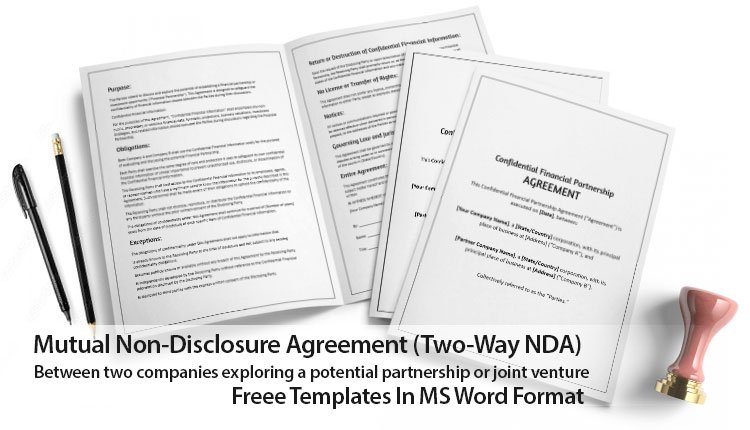
A Mutual Non-Disclosure Agreement, or Mutual NDA, is simply a contract where both parties promise to keep each other’s information private. Unlike a one-way NDA, where only one side is protecting their secrets, a mutual NDA makes it fair by requiring both sides to treat shared details—like business ideas, financial data, or product plans—as confidential.
It’s commonly used when two companies are discussing a possible partnership or project. By signing a mutual NDA, both sides can talk openly, share ideas more confidently, and know that sensitive information won’t be misused or leaked.
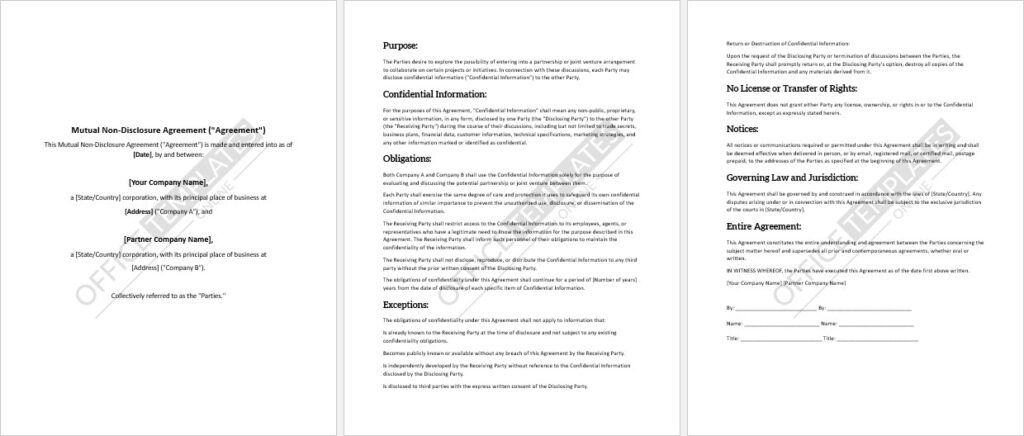
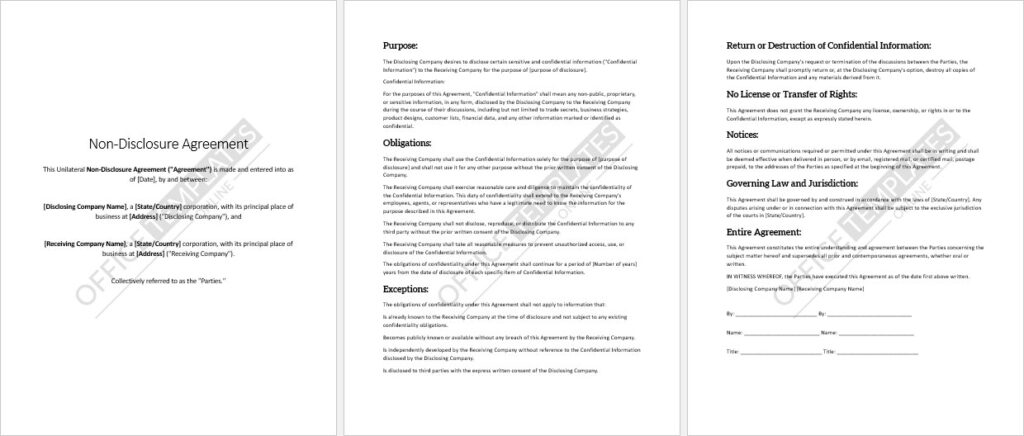
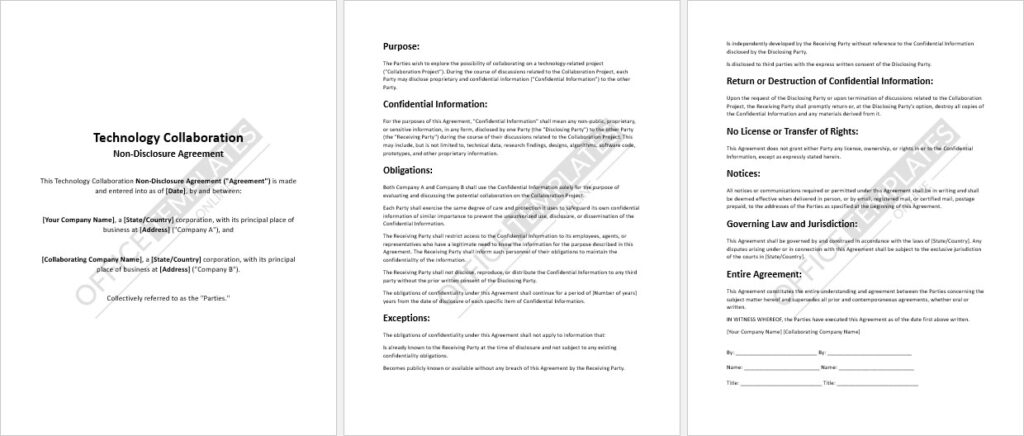
A strong Mutual Non-Disclosure Agreement (NDA) should cover these essential clauses:
Including these clauses ensures balanced protection and builds trust between parties.


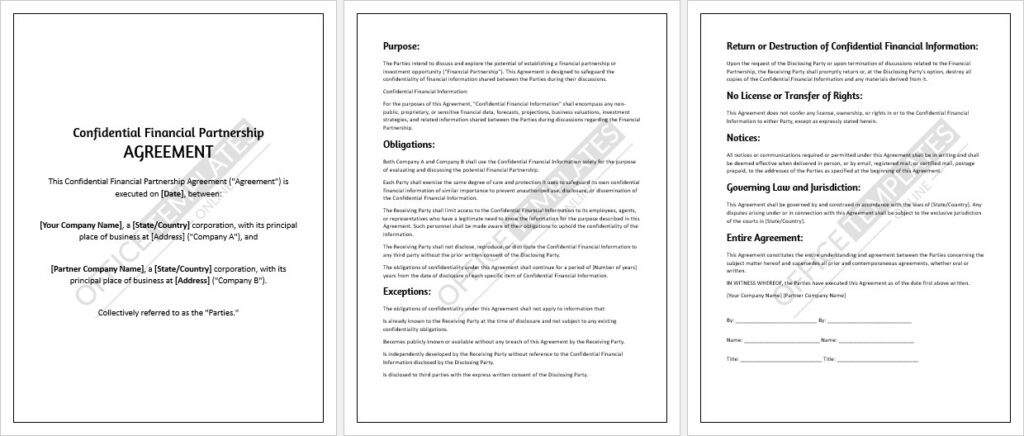

A Mutual Non-Disclosure Agreement (Mutual NDA) extends a welcoming hand to a world of advantages. Embracing this agreement paints a canvas of collaboration enriched by these benefits:
With each advantage, the tapestry of collaboration gains depth, weaving together a journey of shared aspirations and protected ingenuity.

While both agreements protect sensitive information, they serve different purposes:
In short, a Mutual NDA ensures balanced protection for both sides, while a One-Way NDA protects only the disclosing party.

A Mutual NDA is a legal contract where both parties agree to protect each other’s confidential information from being shared or misused.
Use a Mutual NDA when both parties plan to exchange sensitive information, such as in partnerships, collaborations, or joint ventures.
Yes, once signed, a Mutual NDA template becomes a legally binding agreement, provided it complies with local laws.
Absolutely. The templates are provided in MS Word format and can easily be customized or edited in Google Docs.
The duration varies but is typically valid during the business relationship and for a set period afterward, often 2–5 years.
← Previous Article